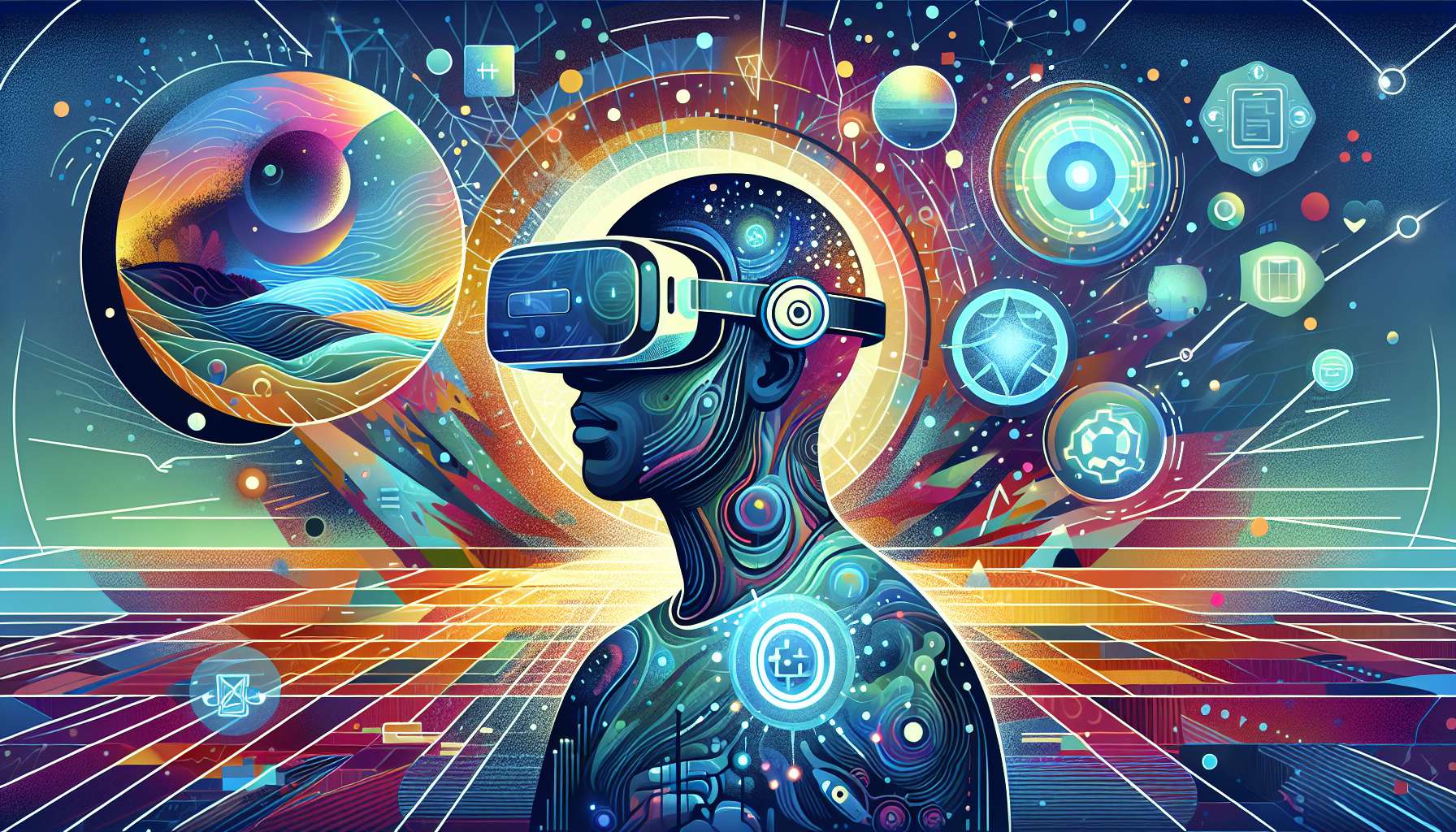Introduction
Virtual reality (VR) has revolutionized various industries, from gaming to education. However, one area where VR is making significant strides is in the field of therapy. By immersing individuals in virtual environments, therapists are harnessing the power of VR to provide innovative and effective treatments for a range of mental health conditions. In this article, we will explore how virtual reality is being used as a therapeutic tool and the potential benefits it offers.
Understanding Virtual Reality Therapy
Virtual reality therapy (VRT) involves using VR technology to simulate real-world environments and situations in a controlled and immersive manner. By wearing a VR headset, individuals can be transported to different virtual environments, allowing therapists to create tailored experiences to address specific therapeutic goals.
Applications of Virtual Reality Therapy
VRT has shown promise in treating various mental health conditions, including anxiety disorders, phobias, post-traumatic stress disorder (PTSD), and depression. For example, individuals with social anxiety can practice social interactions in a virtual setting, gradually exposing themselves to challenging situations and building confidence.
VRT is also being used to help individuals overcome phobias. By recreating the feared object or situation in a virtual environment, therapists can guide patients through exposure therapy, gradually reducing their fear and anxiety responses.
The Benefits of Virtual Reality Therapy
One of the key advantages of VRT is its ability to provide a safe and controlled environment for therapy. Unlike real-world exposure therapy, where individuals may face unpredictable situations, VR allows therapists to carefully tailor the experience to the individual’s needs, ensuring a gradual and controlled exposure.
VRT also offers a level of immersion that traditional therapy methods cannot replicate. By fully immersing individuals in virtual environments, therapists can create a sense of presence and realism, enhancing the effectiveness of the therapy. This immersion can help individuals feel more engaged and connected to the therapeutic process.
The Future of Virtual Reality Therapy
As technology continues to advance, the potential applications of VRT are expanding. Researchers are exploring the use of VR in treating conditions such as addiction, eating disorders, and even chronic pain. Additionally, VR therapy is being integrated with other emerging technologies, such as biofeedback and artificial intelligence, to further enhance its effectiveness.
However, it is important to note that while VRT shows promise, it is not a replacement for traditional therapy. It should be used as a complementary tool in conjunction with other therapeutic approaches.
Conclusion
Virtual reality therapy is transforming the field of therapy by providing immersive and effective treatments for various mental health conditions. By leveraging the power of VR, therapists can create safe and controlled environments to help individuals overcome their fears and anxieties. As technology continues to evolve, the future of VRT looks promising, offering new possibilities for mental health treatment.








